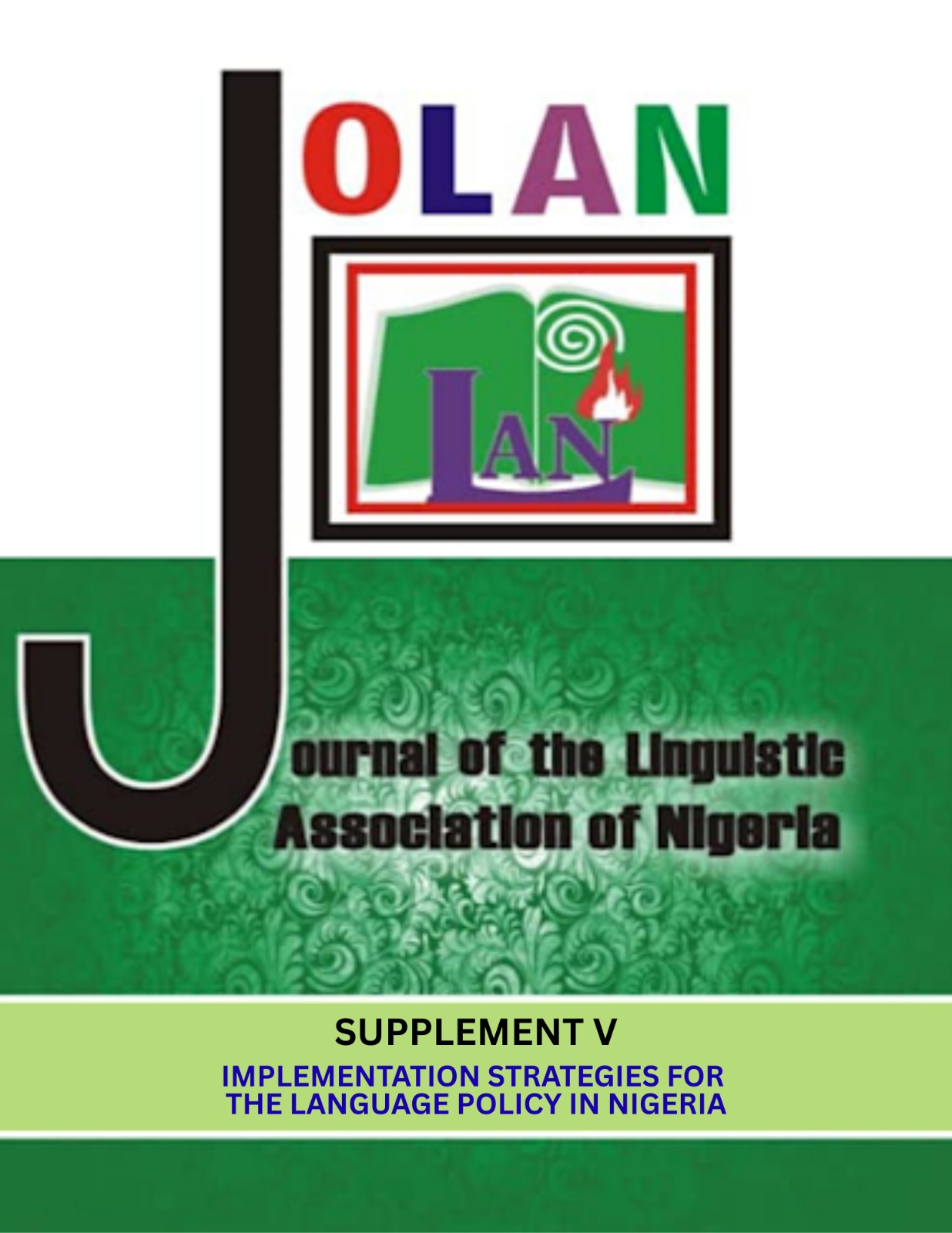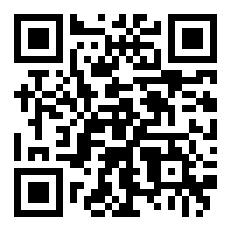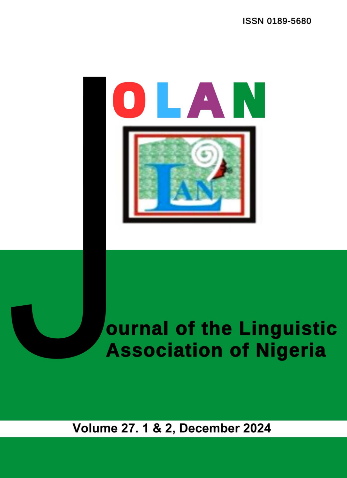A survey of language diversity and vitality in Edo State
DOI:
https://doi.org/10.60787/jolan.vol5no1.418Keywords:
Language policy in education, indigenous language development, Edo State linguistic landscape, mother tongue instructionAbstract
Language is central to national development, cultural identity, and education. This study investigates the linguistic landscape of Edo State, Nigeria, within the framework of the National Language Policy (NLP), which emphasizes mother tongue instruction in early education. Using secondary data from the Nigerian Educational Research and Development Council (NERDC), the research identifies 26 languages spoken across the state, underscoring its multilingual character. The geographical distribution of these languages reveals varying degrees of diversity across local government areas, with Akoko-Edo emerging as the most linguistically heterogeneous. The study also assesses the level of language development in the state, showing that only a few languages—such as Edo, Esan, Yoruba, Izon, and Urhobo - have attained standard orthographies, literary works,
dictionaries, and curricular presence. By contrast, most other languages remain underdeveloped, lacking the resources required for educational application. This underdevelopment presents a major obstacle to the implementation of the NLP, which depends on well-developed indigenous languages for effective teaching and learning. The paper concludes by calling for both government and community-driven initiatives to support the development of all indigenous languages in Edo State. Such efforts would not only foster inclusivity and preserve cultural heritage but also strengthen the implementation of language-in-education policy.
References
Adiele, N. (2018). Parents’ and Teachers’ Perceptions on the Use of Mother-Tongue in Early Childhood and Pre-Primary Education in Nigeria. In Adeniyi, H., KenMaduako, I. & Amadi, P. I. (Eds.). Festschrift for Ismail Junaidu. Lagos: The Linguistic Association of Nigeria.
Bloch, R. & Trager, G. L.1945. Outline of Linguistic Analysis. Baltimore: Waverly Press. Chomsky, N. 1968. Language and Mind. New York: Harcourt Brace and World Inc.
Essien, O. E. 2010. Language and Power. Vital Aspects of Linguistics. Port Harcourt: Grand Orbit Communications Ltd.
Federal Republic of Nigeria (2021). Sociolinguistic Survey of Language Diversity and Use in Nigeria. NERDC Press, Lagos, Nigeria.
Federal Republic of Nigeria (2022). National Language Policy (NLP). NERDC Press, Lagos, Nigeria.
Odiagbe, S.I. (2016). An evaluation of the implementation of Esan language in primary schools in Edo Central, Nigeria. Academic Journal of Research and Development (AJORAD), 6(1)
Odiagbe, S.I.& Moyinoluwa, T.D. (2018). Assessment of teachers’ perception on the implementation of etsako language in edo north primary schools for curriculum integration and community development. Nigerian Journal of Curriculum Studies, 25(3)
Udoh, I. (2021). Nigerian Indigenous Languages as Bricks for Building a National Identity. 81st Inaugural lecture of the University of Uyo. Uyo: University of Uyo Press Ltd.
Downloads
Published
How to Cite
Issue
Section
License
Copyright (c) 2025 Journal of The Linguistic Association of Nigeria

This work is licensed under a Creative Commons Attribution-NonCommercial-ShareAlike 4.0 International License.














